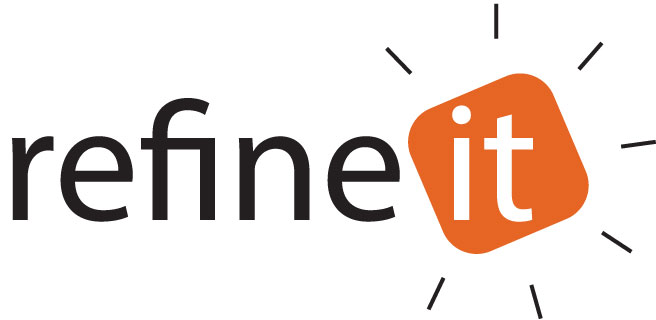In the quest to solve any problem, a crucial aspect is recognizing the unique context embedded within it—a context defined by people. The initial stage, known as Define It, delves into the realm of empathy, where understanding the beliefs, values, and needs of your audience becomes paramount. This involves keen observation, actively listening to your audience, and gaining a profound understanding of who they are. Engagement takes center stage, involving meaningful interactions with your audience, users, or customers.
Following this empathetic exploration, it’s time to process the wealth of information gathered from your audience. This entails synthesizing insights, identifying connections and patterns, and defining the challenge at hand. The ultimate goal is to progress toward viable solutions. What commonalities emerge from the collected information, and what do they reveal about your audience’s needs?
This transformative process is encapsulated in the establishment of a point of view (POV)—a concise statement that encapsulates the insights gained about your audience and clarifies their needs. Your eventual solutions will be intricately informed by this well-defined POV, ensuring that they resonate with and address the genuine concerns and aspirations of your audience.
The Design It stage is an unbridled burst of creativity, where the floodgates of ideas are wide open, and there’s no notion too unconventional. The objective isn’t to sift through good or bad ideas or to uncover a single “perfect” solution; rather, it’s about unleashing a torrent of possibilities.
Central to the essence of our Design It stage is its collaborative and participatory nature. The belief here is that creativity is inherent in everyone—thus, the brainstorming process benefits immensely from uniting as many minds and perspectives as possible to collectively address the same problem.
The hallmark of this stage is the generation of multiple solutions or prototypes. The aim is to subject the most promising ideas to rigorous testing. A prototype can take myriad forms, ranging from a wall adorned with post-it notes to a meticulously crafted storyboard, or even a tangible/digital item or an interactive activity.
Building a prototype is not just a means to an end; it’s a process that often brings greater clarity to the problem at hand, offering fresh insights and unearthing new solutions not previously considered. As you gear up for the final testing stage, it proves beneficial if these prototypes can be shared with or experienced by your audience or users, inviting valuable feedback that further refines and enhances the creative process.
The Refine It stage, through testing, serves as an invaluable lens through which to gain deeper insights into both potential solutions and the audience. The outcomes of testing may chart a course back to any preceding stage—revealing a misjudgment in defining the problem or a misunderstanding of the audience, prompting a potential return to the initial stages. Alternatively, it might necessitate fine-tuning the prototype. In most cases, testing acts as a catalyst for the development of enhanced and/or more advanced prototypes.
Similar to the Define It stage, keen observation and attentive listening to your audience play a pivotal role in the Refine It stage. Rather than providing a detailed explanation of the prototype upfront, allowing users to experience it firsthand is paramount. This observational approach unveils critical insights into what aspects of the prototype are effective or need refinement. Following this, inviting users to ask questions and share their feedback about the experience becomes a crucial part of the process. Introducing multiple prototypes for users to compare is an effective strategy to garner diverse perspectives.
As reiterated earlier, the design process is inherently flexible. Any stage can be revisited, repeated, or rearranged as needed, adapting to the unique demands of individual environments and projects. It is not confined to a rigid, linear structure but instead molds itself to the dynamic requirements of the design journey.


